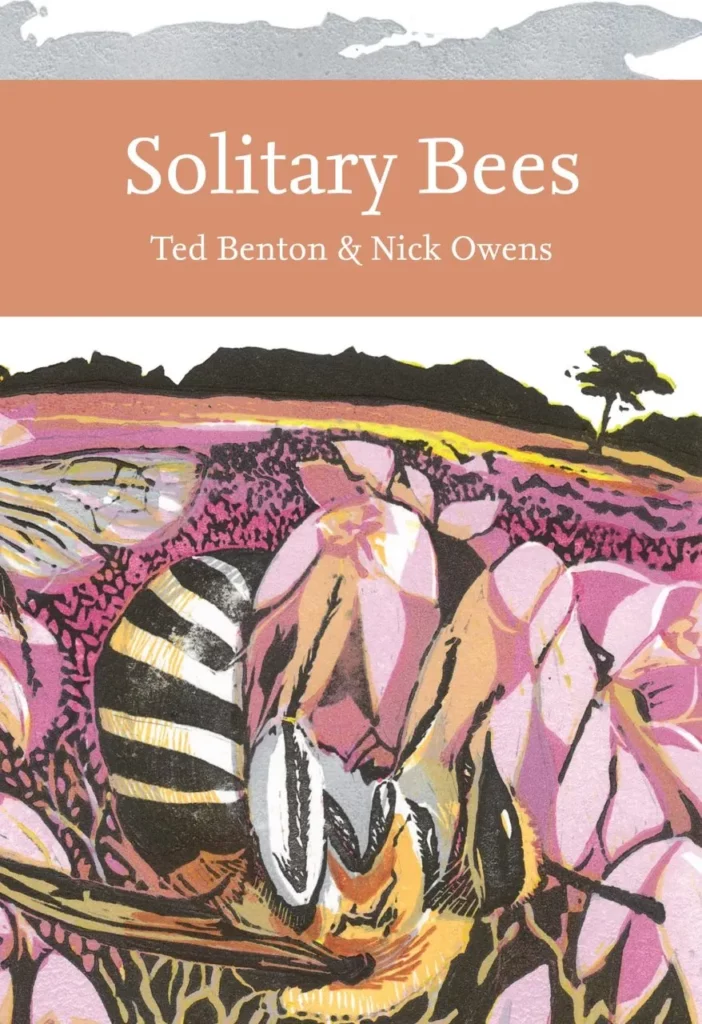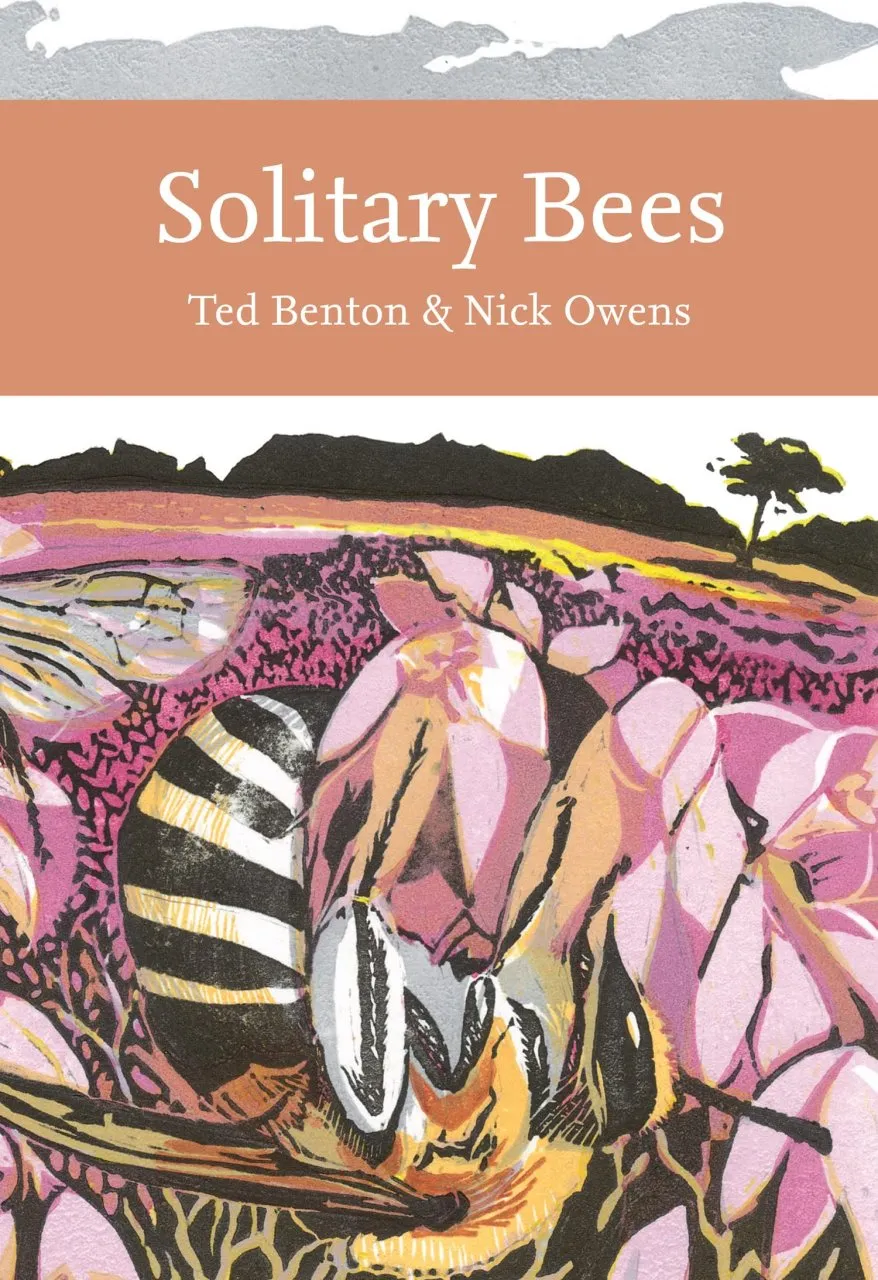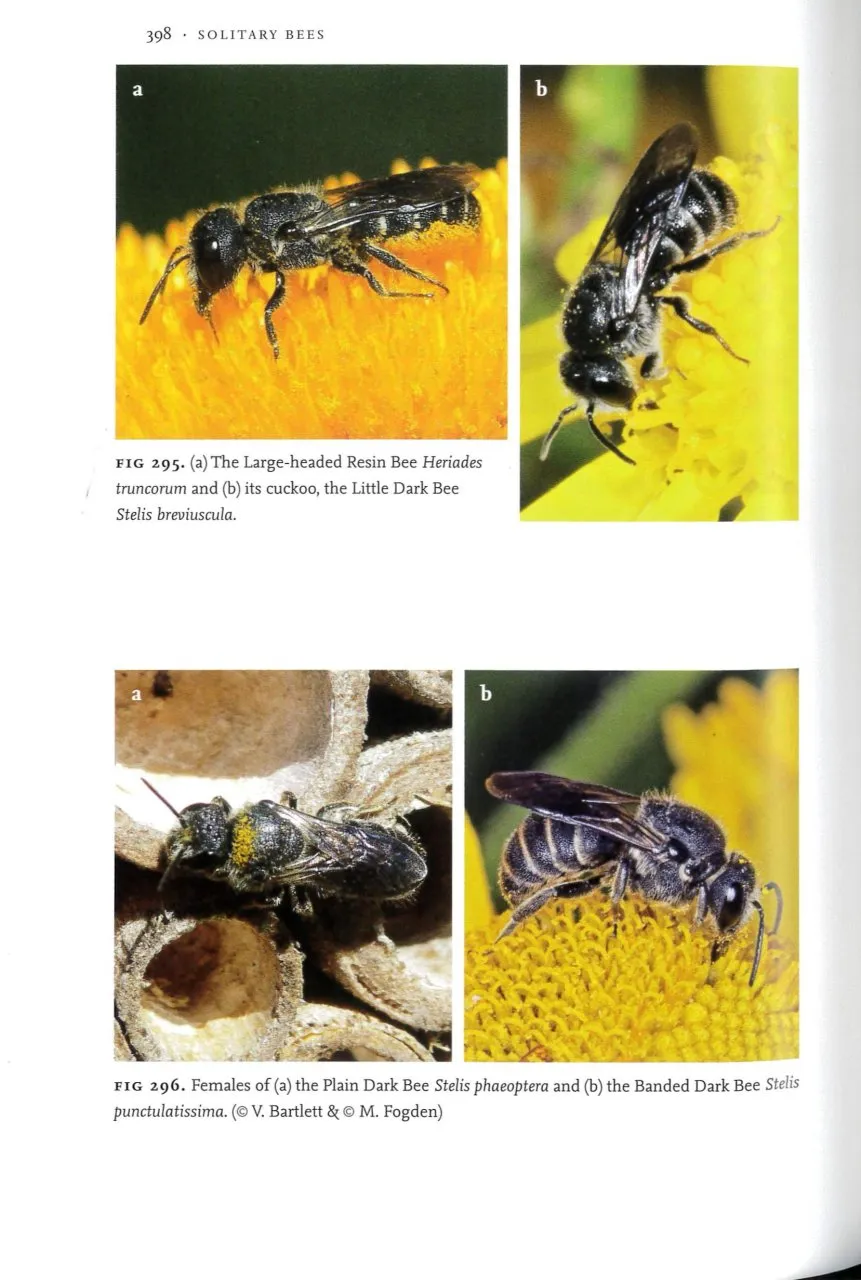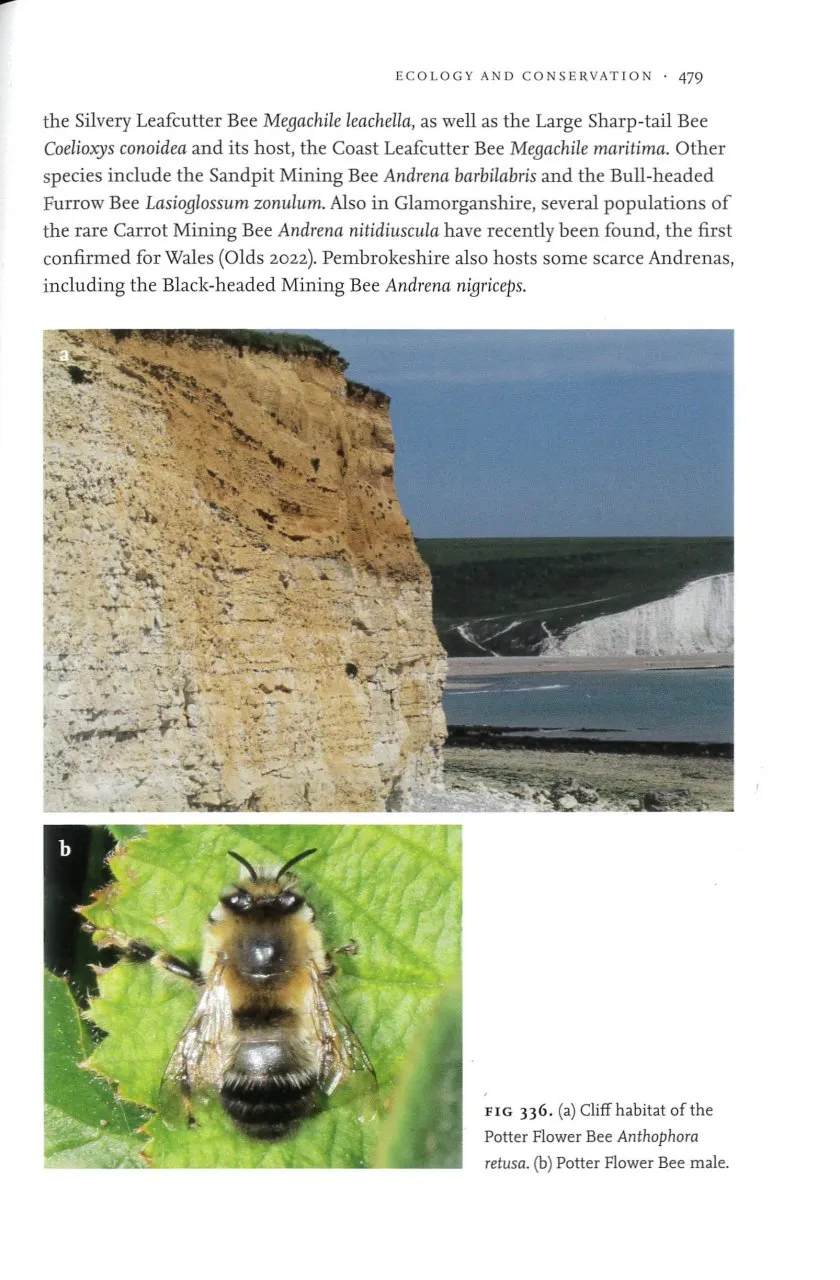This book is a complete account of the lives, loves and habits of our British solitary bees and the dangers and problems they face. It is, as the authors themselves say, a very timely addition to the British Hymenoptera literature, and complements well the recent guides containing keys that have helped tremendously with bee identification in the domains of both amateur enthusiast and professional study alike.
This is an excellent book, bringing together current knowledge and thinking on British solitary bees drawn from nearly 30 pages of references, ranging from scientific papers to enthusiast-generated anecdotes and everything in between. The authors also make use of their own experimental results and studies, often utilising their own photographs of bees in their environment, which give the book a genuine and quite personal feel.
One of the most useful parts of any book of this type is the glossary and index, and the authors provide very good examples of both, plus an interesting (and for some readers potentially very helpful) crossindex of scientific binomials against the established common names, where the latter exist, and any other names that have been in use during relatively recent times. The authors use scientific with common names throughout, and discuss the pros and cons of these in their introduction. While one can, I think, argue that a single name that everyone globally understands is
enough, there must be a benefit in terms of increased accessibility that comes with the creation of common names, which might not intimidate newcomers as much as the scientific ones would.
View this book on the NHBS website
The authors split their subject matter into ten chapters plus an introduction. The introduction describes basic details about bee body plans and appearances and says a little about life-cycles and other fundamental concepts, just as a starter before the main course begins.
The first few chapters cover the diversity of bees and their mating and nesting behaviour, and explore how ‘solitary’ bees can sometimes be partly social, or not solitary at all where nesting and behaviour are concerned. The authors then move on to two separate chapters about bees and flowers, the first looking at the relationship from the flower’s point of view, the second from the bee’s perspective. These two chapters alone cover 125 pages and show, as with every other chapter in this book, the level of intricate detail that the authors have gone into.
Chapters seven and eight take us into the fascinating and sometimes gruesome world of bee parasites and predators and then into the realm of ‘cuckoo’ bees, which, as with their avian namesakes, lay eggs in other bees’ nests. Finally, the authors look at how temperature and other environmental conditions affect bees, and the topical subjects of bee ecology and conservation.
There is something here for every bee enthusiast, or anyone with an interest in insects more generally, and 99% of readers will surely learn many things from this book. At the very least they will be able to fill in many details on subjects that they might have heard of but did not really understand fully. The information is densely packed and, for me, works best as a comprehensive reference resource rather than something to read right through in one go.
A couple of points are worth noting. First, I found some of the summary tables used in the book to be a bit clumsy, unclear and difficult to follow; rather than making a particular subject easier to understand, they often confuse. This is a small point in the context of the general excellence of the book, but was slightly frustrating when the rest is so good. Secondly, owing to the level of detail contained, the paperback edition reviewed here weighs significantly more than 1kg, which made it quite tiring to hold over longer periods.
In summary, if any acquaintances of yours want to absorb all there is to know about solitary bees, buy this book for them – they will love you for it.



